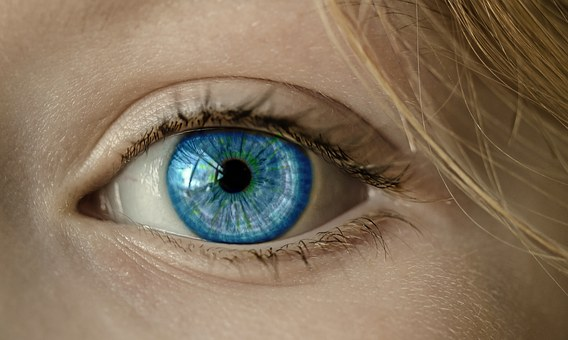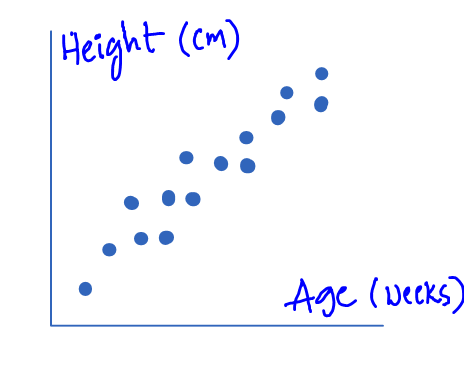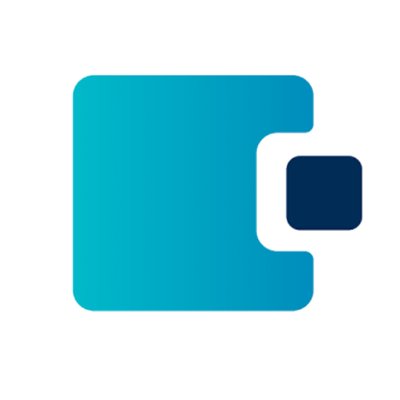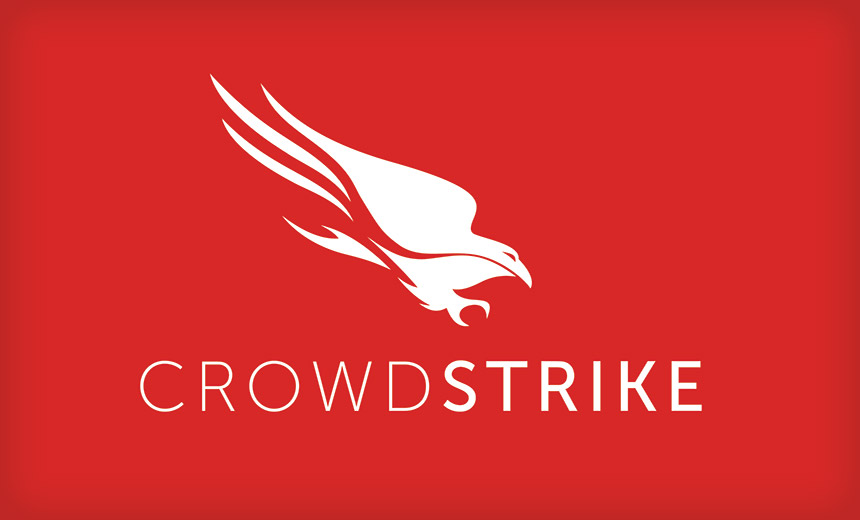
Deep Mind launches AI to detect over 50 eye diseases with a high diagnostic accuracy
Playing games and controlling robotic work, artificial intelligence is playing a more important role in human life. Maybe AI will soon appear in a hospital near your home.
Recently, Google’s Deep Mind, the Moorfields Eye Hospital NHS Trust, and the University College London Eye Institute used deep learning technology to create an artificial intelligence (AI) system that identifies multiple eye diseases through 3D scanning to help patients with treatment.
This work is the result of years of cooperation between the three agencies. Although the AI system is currently not used in the clinic, it will be deployed in hospitals within a few years. This research is called “groundbreaking.” The head of Google’s Deep Mind Health said, “This project can help patients with hand-eye disease threats around the world”

The system is based on the established principles of deep learning, a common pattern of algorithms used to identify data. Data were generated from ocular optical tomography or OCT techniques. These scans typically take only 10 minutes to reflect infrared light from the inner surface of the eye to create a 3D image. This is a common method of assessing eye health.
OCT scanning is an important medical tool that recognizes early eye diseases and saves patients’ vision in a timely manner. The software has received training for nearly 15,000 OTC scans of approximately 7,500 patients. Thus, the AI system learns to recognize different anatomical elements of the eye and then predict various disease hazards.
In the test, the AI’s judgment was compared with the diagnosis of eight top doctors, and the accuracy of the software was as high as 94%.
This result has inspired all parties. It also shows that software is not just a doctor’s application tool, it can do the right thing on behalf of humans. In April of this year, the US FDA approved the first AI driver to diagnose diseases independently without manual supervision.
Of course, it takes a certain amount of time for such a system to actually enter the market. Companies need to establish a clearer business model, and the government must establish corresponding regulations. If these problems are solved one by one, it will greatly improve medical efficiency.
At present, there are about 285 million people in the world suffering from vision loss, and the culprit is a variety of eye diseases. If we can rely on AI for early diagnosis and treatment, it will provide patients with an excellent opportunity to restore their vision.



